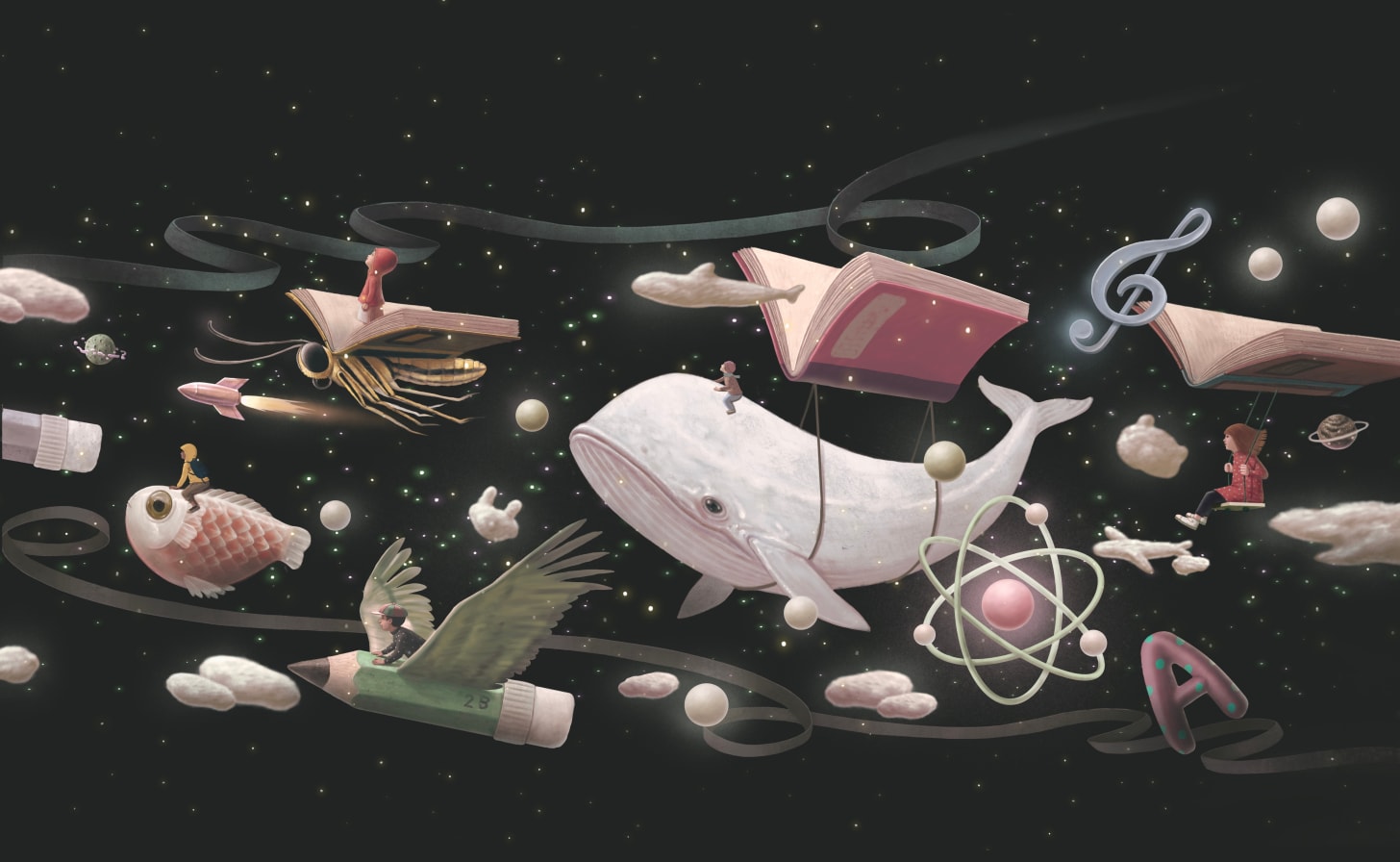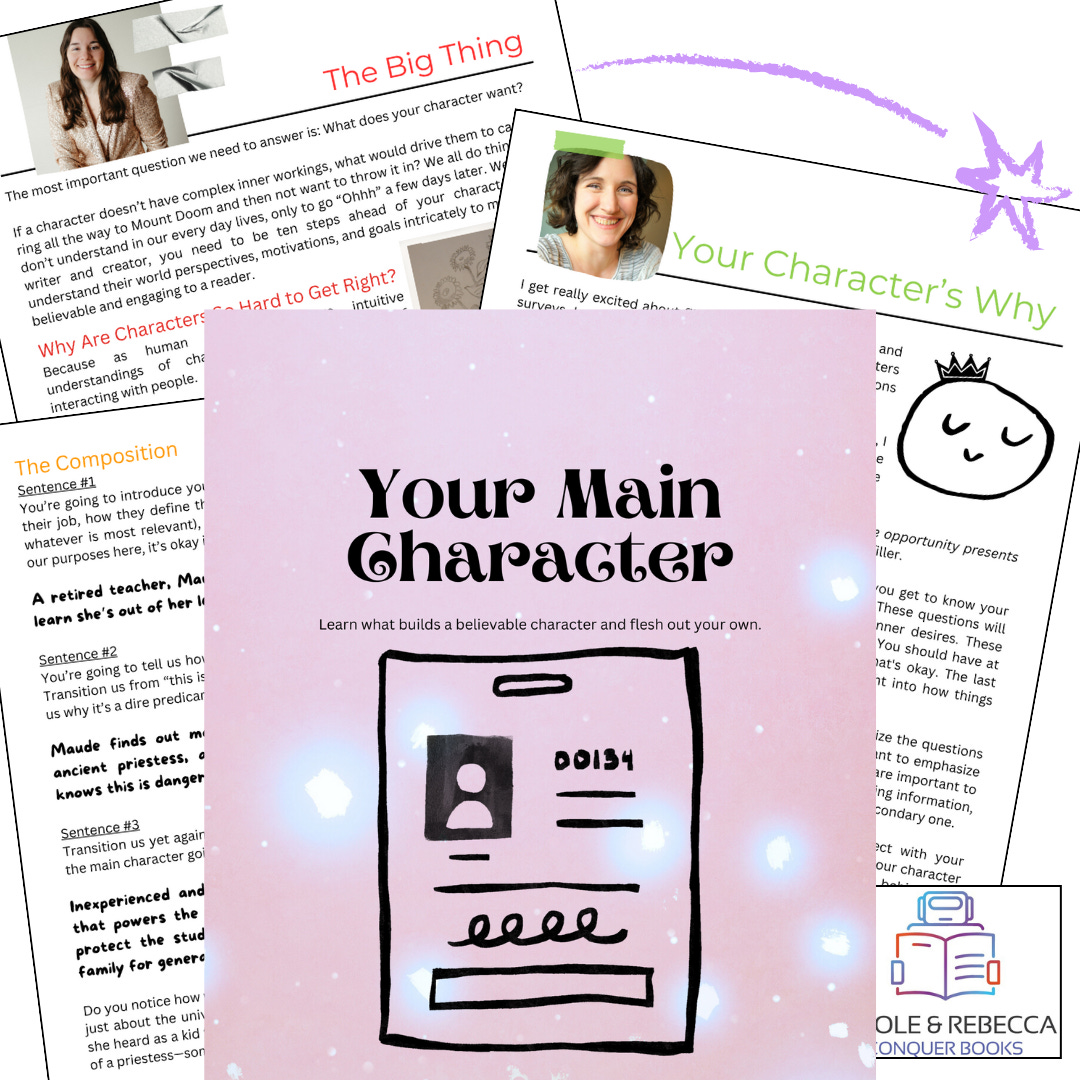Readers no longer want stories that rely on concept alone. They want real, tangible characters with thought-provoking problems and unique insights.
They want a person and that means complexity.
More than that, it means desires, regrets, hopes, flaws, and fears. These are the things that drive us humans and they are the same things that need to drive characters.
It’s not too difficult to create a character that has deep emotions. It can be a new experience if you’ve never gone that route. Makes you think a little harder. But overall, it’s fun and enlightening because it’s looking at story from a multi-faceted lens.
The hard part, then, is figuring out how to integrate this complex character into the conceptual plot you’ve tailored to work alongside them.
The Idea Story
Literary magazines that deal in speculative fiction have wised up to the way writers are consistently inclined to write what they call “idea stories.” These are stories based on an idea, a concept. Something big and explosive that’ll surely make for a good movie.
As consumers of story, we think that’s the best part because that’s what we remember most once we’re finished reading a great book or watching a fun movie. That’s what we try and replicate when we then move to create our own story.
We don’t even realize how powerfully the emotional narrative rooted that concept into our hearts. That’s the beauty of it—we are innately wired for emotion and hardly register how much it directs our lives.
That’s what you need to replicate when you write a story. The concept is important. Don’t discount that. As we just established, that’s what the audience thinks they want. The real key is using the emotional driver as the underlayer to that concept so the audience really feels the sway of the storm as it descends on the character.
Integrating Plot
In order to hinge plot properly on character, they need to be developed together. They are a symbiotic partnership working to seamlessly drive us into deep internal change.
There’s change on two fronts: in the character’s inner landscape, and in the greater, external problem. For science fiction and fantasy, the external problem often takes place in an alternate society.
Speculative genres are specially positioned to make impactful cultural commentary so creating an alternate society with a broad problem is a functional way to create real perspective on something we face today. Fortunately, that’s not a requirement, so the story doesn’t need to do that if you’re not feeling inspired by it. There are endless options in this field.
That external problem can be as simple as an unsolved crime, or corruption at work, or a wizard on the run. Whatever you decide, this problem will push into the character’s perceived sense of self. That will spur them to search their soul and question who they want to be and what choices they want to make. Those choices and the self-reflection around them are what will create change inside your character.
Character Setup
You’re going to begin by getting specific. First, create a mockup of who your character is—their history, their situation, and their objective. Their driving goal will need to be involved in correcting the greater problem (that might not be apparent immediately but will by the second half).
Whatever that driving goal is, it needs to have backstory foundation and be something the character feels so strongly is necessary that they will push to the ends of the Earth to get it.
Then, everything needs to work against the character achieving that. The point of an antagonist is to work directly against this. The antag needs to want the exact opposite of what the protag wants, so that their efforts create as much friction as possible.
Do take the time to detail your antag just as much as your protag. They might not get as much screen time, but they are equally important.
The protagonist needs the first quarter of the story to discover what the problem is. After that, they will be worn down until all their faults and flaws are on display and they have to seriously ask themselves what kind of person they want to be (this comes at the midpoint). They’ve been forced to really see themselves and acknowledge that who they are today is not the person who can find the solution to such an existential problem.
Build Your Story
Here’s where stories tend to fall flat: they don’t put enough weight on the character’s internal trajectory. It’s so-so at best.
The stories you love and remember are deeply, deeply emotional. Crafting that means understanding your character on an intimate level and being able to incorporate that flow into the beats of a narrative. It is one of the most important skills in story writing.
To take this thread further, we’d like to introduce you to a set of tools we developed after years of book coaching. We recognized the need for authors to take their characters to new levels and, in response, created a set of worksheets that will guide you to your character’s inner compass.
These are not your typical worksheets that ask about your character’s eye color or favorite food. This is a set of questionnaires specially designed to go deeper at each level, moving you from vague story idea to a character who acts on their own and who was made for your plot.
Our character worksheets will help you:
Decide your character’s most pressing goal and what they’ll do to get it
Develop a concise synopsis that will hone your loose idea into a condensed story script
Expand that synopsis into relevant plot points that will ride the character journey all the way to the end of the book
Craft an informative profile of your character starting with the things that make them who they are, into an overview of their inner workings, through to how those things work together to create real, personal change.
These are one-of-a-kind worksheets that advance character in the interest of plot. That forward flow is what’s going to set up the rhythm of your book. These are the pillars that will hold the story up, and for $9.99 you can establish a ground-level strength to your book that will keep the narrative tight and satisfy readers who are looking for a story to remember.
Question: What have you struggle with most over your writing journey? Let us know in the comments. We want to help writers like you finish your book.




